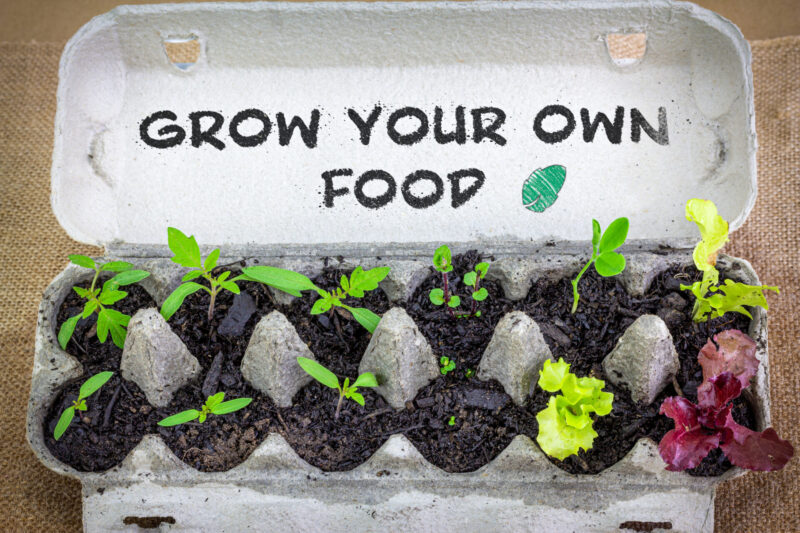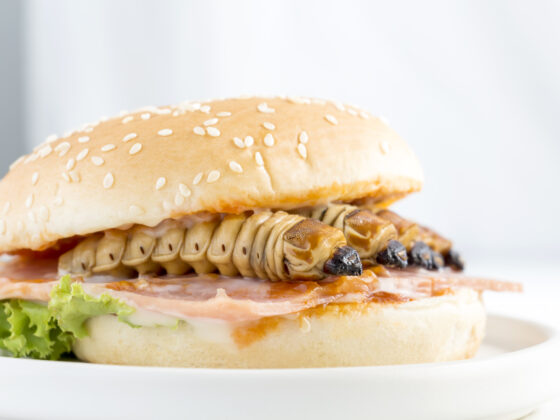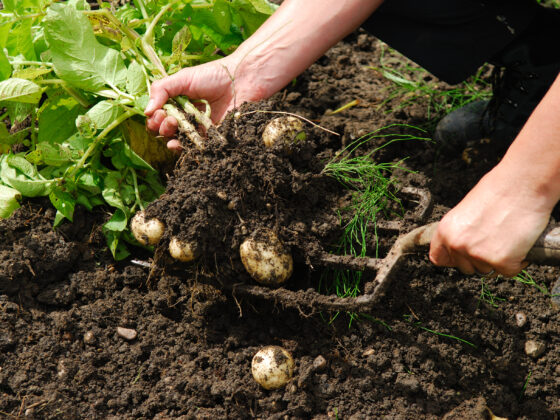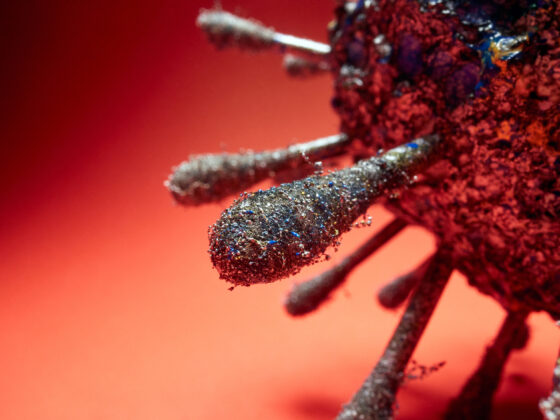If you’re just starting out in self-sufficiency; the first thing you’ll want to do is grow your own food.
And, if you want to grow LOTS of food, you need to prepare your growing space well in advance of the main growing season.
In the Northern Hemisphere, the best time to prepare your growing space is late January & early February.
That’s about now, so here we go with a simple guide and accompanying video to help you get started and grow lots of food!
I remember when I first started on this path towards self-sufficiency; I was so disconnected from when and where food really came from that I hardly recognised the necessity of understanding the true cycle of the seasons and their relationship with my food.
I had unknowingly given up my self-responsibility by mere virtue of being born into a city.
I later came to realise that not understanding this most basic of life facts was also affecting my health – because everything is seasonal. Cyclical, if you will.
A man may live in a city all his life and scarcely be aware of the seasons.
In The Self-Sufficient Gardener, (one of my favourite books on self sufficiency and I encourage you to buy your own physical copy too) John Seymour wrote that “A man may live in a city all his life and scarcely be aware of the seasons.”
We have become so disconnected from the rhythm of natural life that most people think seasons are the exclusive remit of supermarket promotions.
If you take a look around at what is happening now, it’s clear that society has abdicated self-responsibility too.
Except it hasn’t just given up its food sovereignty – it has given up all sovereignty.
You could say that perhaps this is just one of many reasons why what is happening now is happening at all…? To give us a chance to course-correct.
I’m just glad I found my way out in time.
And I hope this little guide helps you to start doing the same.
Prepare Your Growing Space In Winter To Grow Lots of Food In Summer
As with most things in life, when it comes to growing lots of food, preparation is everything.
One of the most revelatory moments I had was when I realised that soil is a living organism. After the Autumn harvest, for example, it doesn’t just sit there waiting for you to plant more things into it next spring; it needs replenishing.
The better replenished it is through Winter, the better quality the soil will be come spring. The better quality the soil, the better quality the crop.
It’s a virtuous, wholesome and natural cycle.
Feed Your Soil Before Planting In It
The basic premise of ‘feeding soil’ (aka soil replenishment or soil regeneration) is to put nutrients back into the soil that get taken up by the previous season’s crops.
This works just the same if you’re about to start growing in a virgin plot too.
You do it by adding things back to the soil like compost, leaves, or ‘green manure’ (the leaves/leftovers of your summer crops). This is known as ‘mulching’.
You can also do it by letting things grow in the soil over winter like winter weeds with green foliage. The foliage acts as a ‘cover’ to protect the soil beneath and encourage bacteria to grow.
I make my own compost throughout the year and we are surrounded by trees so I have a readily accessible supply of compost, leaves and green manure to cover (‘mulch’) my beds.
If you’re just getting started: take a couple of bags to the local park and fill it full of leaves – or offer to clear leaves off a neighbours property if they have trees.
Mulching Beds With Compost, Leaves and Green Manure

In late January or early February, I’ll gather leaves, chop down my leftover crops and go to my compost bins and start piling my barrows with fresh compost.
My fresh compost doesn’t always look like the fine stuff you buy at the garden centre. It’s often chunky and soggy and looks like mud pie. This is perfectly fine to use and will break down over the beds as time goes by, feeding nutrients back into the soil.
(It would eventually look like the fine stuff you buy at the garden centre if left long enough or regularly fed and rotated in the compost bin.)
Once I’ve mulched over every open space (so that ‘old’ soil is completely covered), I’ll make sure it’s all evenly spread and give it a good watering. Not a soaking, just a healthy watering.
Once the watering is done, I’ll throw a tarpaulin over the bed, covering it completely. You don’t need a tarp; you could grab any non transparent cover – like a blanket – and it’ll do pretty much the same job.
The main thing you’re trying to do here is trap heat and moisture in the bed because this will encourage the bacteria in the soil to flourish and the worms to do their thing.
Fun fact: A teaspoon of productive soil generally contains between 100 million and 1 billion bacteria!!
I’ll leave the tarp on until Spring.
When Spring arrives, I’ll remove it and let the compost soak up some fresh air for a few days before sinking a few fork holes into it before watering.
If you do this now, in late January or early February, your growing bed will be in tip-top shape come Spring and you’ll be ready to grow lots of food.














